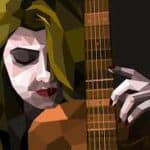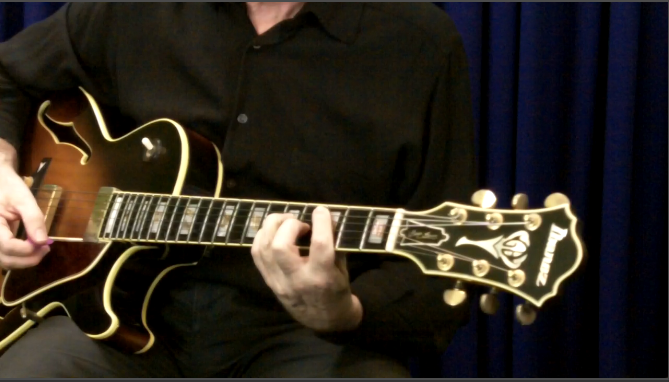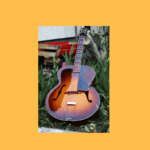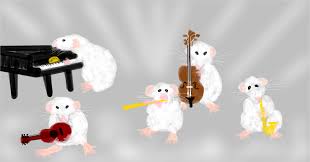
Tired of the Struggle trying to Learn Guitar?
Have you have ever tried to learn the guitar and found the process confusing and frustrating, take heart you are not alone, the good news is there’s a simple trick to learning the guitar that makes playing and learning fun.
Bottom line?
The choice is yours … you can either continue struggling to play even the simplest tune or learn a new and easy way to play that works with your nervous system not against it.
If you have been trying to learn guitar for a while you have most likely tried several different approaches and ending up losing your mojo.
Sound familiar?
Well, before you sell that guitar …
Here’s the naked truth about learning the guitar …
You ...
- Don’t have to spend all day practicing
- Don’t need to be musically gifted (whatever that is?)
- Don’t need a ton of special equipment
You also don’t need to concern yourself about having …
- Fat fingers
- Dumb fingers or even
- Slow fingers
The best part?
This Simple Trick That Makes It Easy … is FREE

Yep!
You read that correctly …
It’s free … you can’t get any better than free can you?
Before you head out to spend a fortune on books, DVD’s and equipment let’s take a moment to break the project down into small pieces.
Ready To Take Your Guitar Playing to the Next Level? Click HERE
Here’s the deal:
Most people start out all excited and motivated to learn then after a series of bad experiences trying to learn they eventually start thinking that guitar playing is not for them
Actully, the real truth is that the people who can play the guitar are no more naturally talented or gifted, they have simply worked out how to do it and the people that can’t play or struggle to get results haven’t worked out how to do it.
So, what is This Simple Trick Makes It Easy To Learn Guitar?
I hear you ask … I want it, I want it!
In a word … practice … o.k nothing new there!
But there’s a catch!
It’s not just a matter of practicing yourself silly … that’s what most people on the planet do.
It’s not practicing alone that makes a great player it’s HOW you practice!!!

The trick is to work in well organized time frames.
I can’t explain this enough …
- If it’s new material work in 2-5 minute time frames
- If you are practicing something you already know a 25 minute time frame is good.
With new material the idea is to work on a very small amount of information, play as perfectly as possible, without mistakes and not exceed our attention span.
Set a timer and when the bell goes off take a break away from the guitar, preferabily go into another room and stretch etc.,
When you are practicing something you already know you are developing your motor skills via repetition … again set a timer and take a break when the timer goes off.
Click HERE for a Major Upgrade with your guitar skills, fluency
and musicianship!
Summary:
It’s not practice that makes perfect it’s … perfect practice that makes perfect.
Did you enjoyed today’s free training?
If so, then I’ve got something else you’ll definitely want in on
then…
(All you’ve gotta do is simply click the button below to get
instant free access to my “How To Remember 10,000” Course.)








 Teach Yourself Guitar the easy way, learning to play guitar was never meant to be a struggle, we all have the music inside of us the trick is to find the easiest, most natural way to get the music out. The key to learning guitar is to understand that music is a language and once you learn that language and apply that knowledge to the guitar fingerboard everything becomes effortless.
Teach Yourself Guitar the easy way, learning to play guitar was never meant to be a struggle, we all have the music inside of us the trick is to find the easiest, most natural way to get the music out. The key to learning guitar is to understand that music is a language and once you learn that language and apply that knowledge to the guitar fingerboard everything becomes effortless.
















